Report Writing.
In an earlier blog post, I took an unpleasant but necessary dive into the murky waters of earth science to ask the question “What Is A Geologist?” All very useful if you spot one in the wild, but it left many questions unanswered. At the top of the ask-list is something you’ll hear whispered by the senior management of every major mining company. Skulking in Blenz in Bentall #5, sipping on their triple shot, half-sweet, non-fat, caramel macchiatos with extra soy foam, contemplating the latest quarterly compensation figures, someone finally looks around the group and asks: “What the bloody hell do our geologists do anyway?”
Not to worry. Urbancrows is here to help with Part 1 of an interminably long series of posts “Things Geologists Do.” I promise by the end of the series you’ll have a renewed appreciation for them. You’ll gasp at their daily trials, and you’ll end up pushing HR to big-up their annual salary increment. Really.
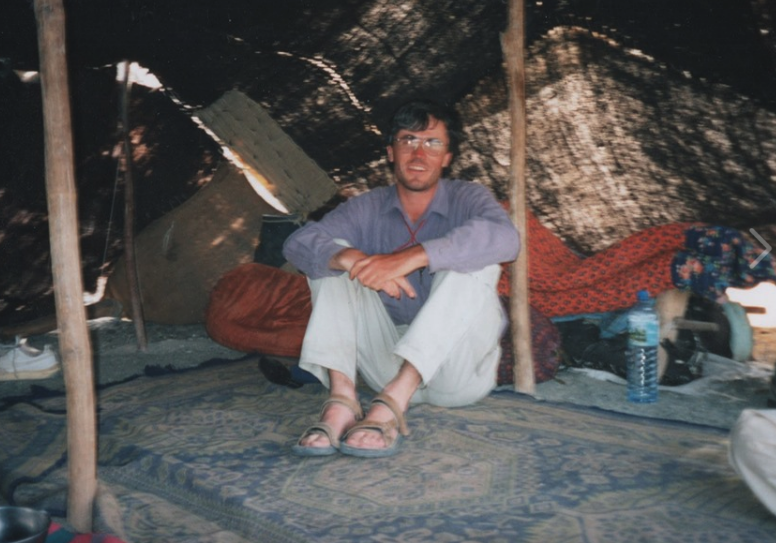
We Can See The Future. It’s True.
The text book definition says we work to “better understand the history of our planet”. If we understand Earth’s history, we can predict how the events and processes of the past might influence the future. In other words, geologists are soothsayers. Mind you, we missed World War 2 and the rise of Nickelback, both devastating genocidal events, so you could argue that we’re not actually that good at seeing ahead.
TV has us prospecting remote rivers on foot, fending off wolves with pointy sticks, panning for gold with a cast-iron frying pan. Subsisting on boiled spruce needles, boot soles and bog water we can fix a broken-down truck with duct tape and our wiry beard trimmings. Our petro-cousins are just as rugged, preventing catastrophic blow-outs on drill platforms, casually saving the day with urgent warnings like “Boss, we’re 6,000ft down, pore pressure’s rising. Fire up the blow-out preventer before she spits the drill string out or we’re fucking toast.”

All true, as my swash-buckling career will testify (see I Met A Drug Smuggler & My Project Went Boom).
They’re Not Really Interested.
Then one day, you’re at a dinner party full of worldly types, people who’ve lived urbane lives in big cities. Stupidly, you sense that one of them might actually be interested in what you do, so you start to tell them of your thrilling career; how you regularly risked all to collect one final soil sample.
“What do you do?” asks Mr. Urbanity.
“I’m a geologist. I prospect for metal and stuff.”
“Ooh that’s jolly interesting.”
“Yes” says you, warming to the conversation. “Let me tell you about the time…er…oh…righty-ho then..I’ll talk to this plant.. don’t mind me.”
With a practiced sigh, you realise they weren’t really listening. And now they’ve turned away to talk to the embalming technician opposite who’s got an engaging story about a bucket of cold human entrails he once spilled.
Stop Sulking And Get On With It.
But enough sulking. What do we actually do? I’m going to quote a higher authority here: the Geological Society of London. This august London-based group of professional earth scientists – the oldest geological society in the world –has more than 12,000 Fellows. They must know what geologists do, right? And lo and behold, for kids foolish enough to be considering a life of poverty, periodic unemployment and full-time celibacy, topped with lashings of creamy professional scorn, their website helpfully breaks down a geologist’s routine duties into 5 broad categories.
- Mapping and Fieldwork
- Logging
- Laboratory Work
- Computer Work
- Report Writing
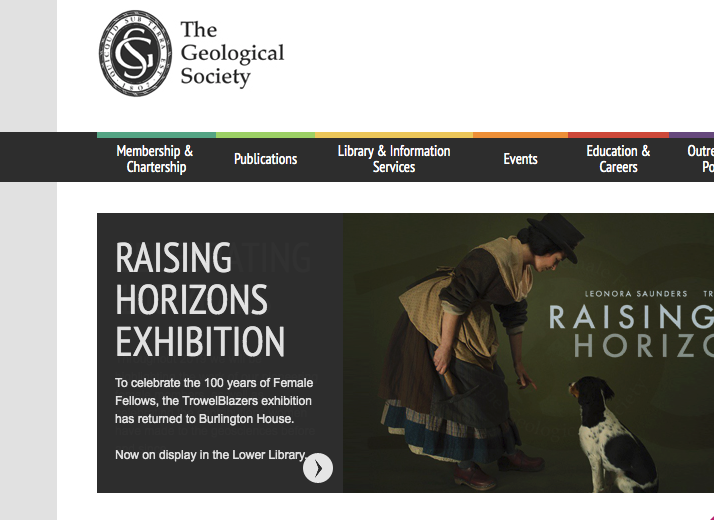
Report Writing Is Really Dull
There’s a few they’ve missed, like becoming a contract law para-legal, or waiting tables at the local Keg, but I’ll forgive them those omissions. We don’t want to frighten the kids. And I need to start this series somewhere, so let’s tackle report writing first; a really boring topic. Here’s what they say about it:
“Summarizing… findings… in a concise yet comprehensive manner is crucial for all scientists, and geologists are no different. Reports can range from short daily updates to supervisors or colleagues (such as drilling progress reports) all the way to hefty documents of several hundred pages (such as PhD dissertations or economic assessments for turning exploration targets into active oil fields or mines).”
Turning exploration targets into active oil fields using hefty reports… fuck yeah, that’s what I do. The North Sea oil fields? My second report… just saying.
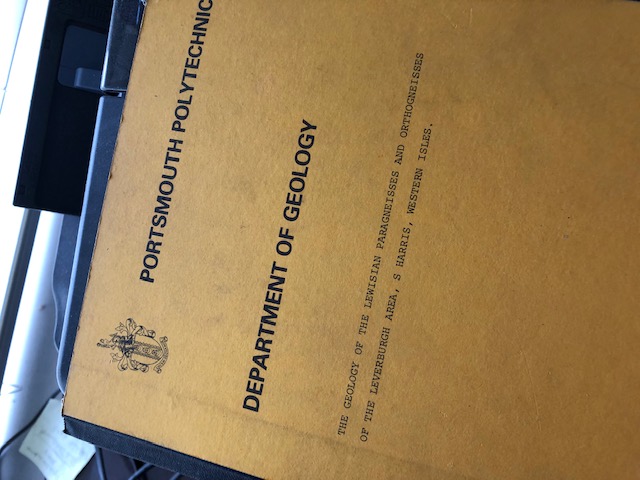
Geologists endure report writing rather than do it willingly. It distracts them from their true passion –shouting at geophysicists. You can always tell when a geologist is writing something important like a budget request. In a futile attempt to force them to meet the deadline, management have locked the office door from the outside.
If you peer through the fogged-up office window, you can spot them working. Hunched over the computer key board, muttering to themselves like the rancid village drunk, they tap away with two fingers. Sweating profusely, they turn that special shade of red that comes with infectious skin diseases. Eventually, with a massive sigh of relief, they hit print and another tome is born; 50 pages of techno-babble and maps -replete with spelling errors and unfinished sentences- that only another geologist could ever love.
We Love To Waffle On. And On. And On. And On.
What have I learned from 30-odd years of reading geology reports? Easy. Most geologists have never come across the word “concise”. They are absolutely shit at putting well-framed ideas down on paper and making them readable. Their aim is to baffle senior management into stumping-up the coming year’s budget.

Don’t get me wrong, the use of jargon is not unique to geologists, but we have made a special effort to turn the humble report into a cruel and unusual form of executive torture. The bigger the word the better, and the more you can cram into one sentence the better. Why write ‘Budget request 2019” when you can write “Submittal in support of discretionary exploration expenditure allocation, 2019 field season”?
We are genetically incapable of writing anything in plain English. We’re so shit at it that the Canadian regulators eventually had to step in to tell us how to write reports properly to try stop us being so shit. Now, all published technical geological reports from Canadian resource companies have their form dictated by a set of security commission rules and guidelines, collectively known by Canadian geologists (in an ironically affectionate sort of way) as “43-101”.
Every major mining jurisdiction has equivalent guidelines designed to “encourage” clear disclosure of technical information such as mineral reserves and resources, thus –in theory- avoiding huge scandals like Bre-X. But NI43-101 is fairly unique in that it lists what must be included in every publicly-released property report. All very dull and all very important, I guess, ensuring that a small stain of integrity sometimes soaks in to the reporting process.
But it hasn’t stopped companies from releasing total garbage masquerading as fact; one of the more egregious examples being Barkerville’s notorious resource statement a few years back. (See here and here.)
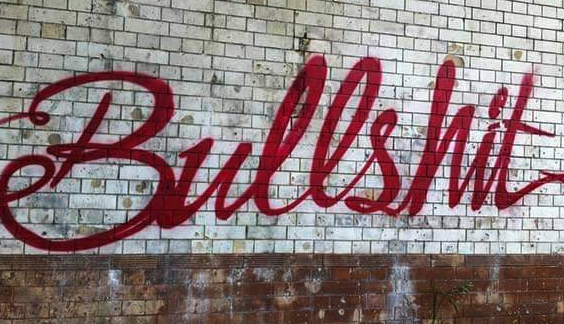
The Heady Aroma Of Bullshit
The rules don’t encourage simplicity in reporting, and so geologists continue to write waffle. Remember, inside every geologist is a failed academic -and inside every academic geologist is a failed industry geo’- so inside every geological field report you’ll find a puffed up academic treatise ready to spray the reader with bullshit. How does this show up? A few examples:
- Geochemical reports always contain the statistical methodology; a graduate-level mathematical torture session that can seriously injure the unwary reader if handled without appropriate safety gear.
- Geophysical reports will describe the equipment, array design and line-spacing used in erotic detail– a nerd-fest of power and penetration levels that gets some project geologists sexually aroused despite their allergy to geophysicists.
- Plain-vanilla geology reports will include the compulsory optical mineralogy section; fifty pages of Oxfordian science describing 97 microscope slides made at huge cost to demonstrate that, yes, the rock is an altered granodiorite (as originally suspected by all of the people who saw it in outcrop, but best be sure right?)
Oh No, It’s The Regional Geology Section
The pièce de résistance is the Regional Geology section, where the author can unleash their inner professor; placing their project into an incredibly important global geological context, veering off into a discussion of the Permian evolution of the Wankdickia Terrane of Northern BC and its impact on ophiolites in Cyprus. Here’s part of a classic regional geology section from a property report:
“… produced a series of partially overlapping arcs as a result of the eastward subduction of the Farallon plate beneath western Mexico (Ferrari, 2011). The basement rocks of the eastern half of the TMVB are Precambrian terranes, including biotite orthogneiss and granulite affected by granitic intrusions, grouped into the Oaxaquia microcontinent (Ferrari et al., 2011; Fuentes-Peralta and Calderon, 2008). These are overlain by the Paleozoic Mixteco terrane, consisting of a metamorphic sequence known as the Acatlan complex and a fan delta sedimentary sequence …”
Let’s Prevaricate About The Bush
At the end of every report, geologists incorporate their conclusions and recommendations, indulging their instinct to prevaricate. If we’re asked to be conclusive about anything, our training mandates that we slowly back away from the boardroom table, avoiding eye contact with the executive team, muttering to ourselves (“Nobody told me I had to make a decision…nope…sorry”) as we head for the door, and the safety of a locked toilet cubicle. It’s the product of generations of in-breeding perpetrated by sex-starved geologists zipped up in small, damp field tents. What else is there to do?
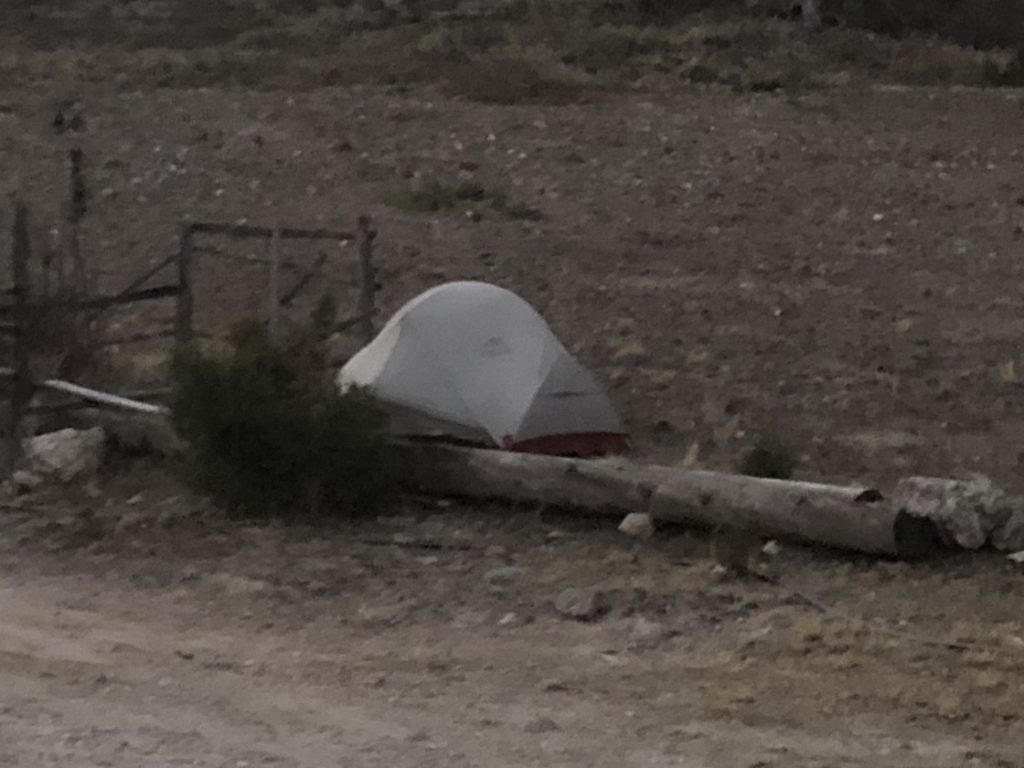
You will never see a single, conclusive finding in ANY geological report. If by chance you do see one, you’re either smoking some good giggle weed or it wasn’t written by an earth scientist; more likely it was penned by someone with the real budgeting power behind them, the CFO for example. We can’t do it, so it doesn’t happen. When I worked underground, we had such a bad reputation for hedging our bets, that one miner had a hand made sign at his waiting place that said “God, please give me a one-handed geologist.”
A well-written geological conclusion should say something like:
“On the one hand, the sampling shows [fill in blanks] but, on the other hand, the IP survey may indicate [more blanks to fill in]. The current author would refer the interested reader to the findings of Mapping Report 26B-JKW 1968 by Pinnock et al. for further discussion of the possible interpretation of the preliminary conclusions of the earlier inconclusive geophysical surveys.”
Remember, if in doubt blame the geophysicist.
But Wait, There’s One Final Horror!
The final part of the report-writing process is guaranteed to inspire a cold, panic-inducing fear in all who attempt it. Yes, I’m talking about using the binding machine. You know what I mean. It lurks in the coffee room or the office store, next to the copy paper boxes and the paper-cut bandaids, and it’s possessed by Beelzebub. Baring its metal spikes and spring-loaded handle, it lies patiently in wait for innocents like you to come within range.

Normally, you’d palm this job off on to the secretary or a junior geologist, but they’re at lunch and the budget meeting is in 45 minutes. So you have no choice. Half an hour of mortal combat later, and you emerge with bloody knuckles and a broken spirit, clutching 2 badly bound copies of your report (you needed 8) complete with misaligned pages and different coloured covers. On the floor, lies a pile of torn report pages, broken spines and plastic covers, grim evidence of the recent titanic battle between Good and Evil.
So There You Have It.
And that’s the process of geological report writing. The pain of childbirth, blended with misery, bafflegab and ultimately, prevarication. So next time you see your geologist friend carrying their latest field report, buy them a beer and tell them you’re there to listen; a shoulder if they need it. Which they will.
As ever, I welcome comments, and if you like what you’re reading, don’t forget to subscribe to urbancrows.com via the puny little subscription box buried somewhere on the home page. I won’t spam you, but I might ask you for beer now and then. Come on, I deserve it…

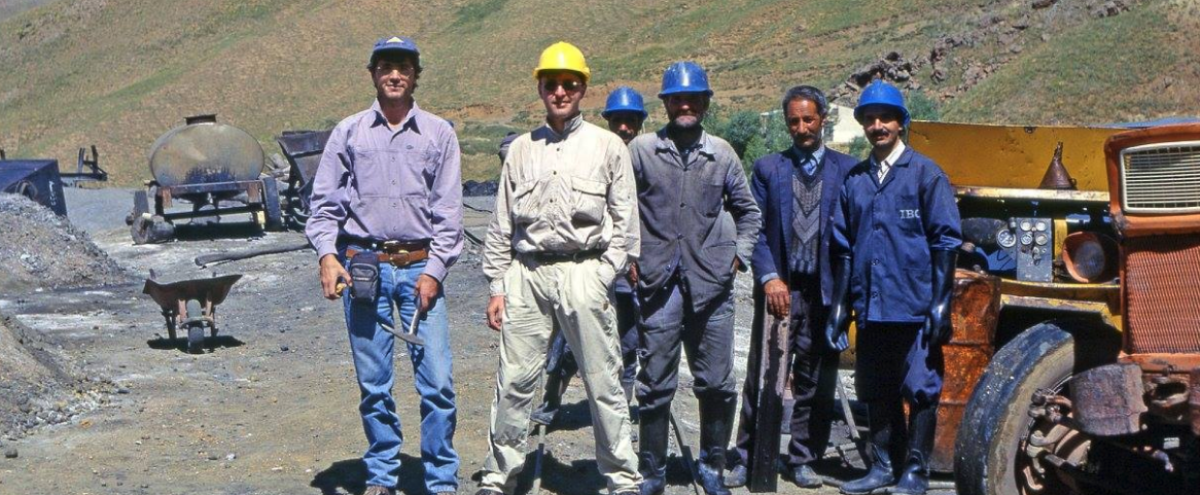
Even better when all that technical geo-speak is repeated word-for-word in a news release.
guilty as charged… been there!
And I love the typing cat…
who knew cats were so scientific?